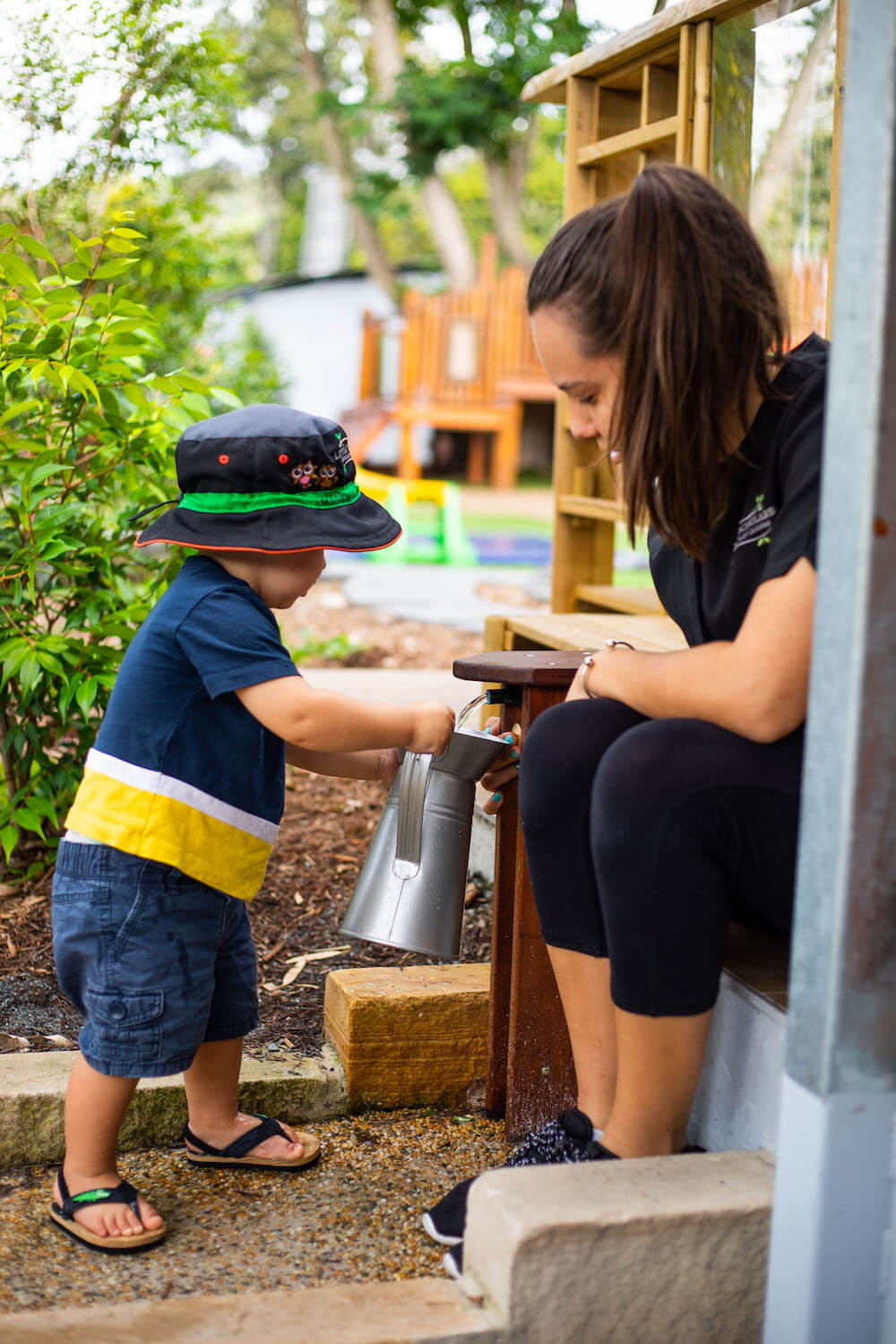Explain the reason why instead of just saying no to children
Take the time to tell them why they can’t. Statements such as “Because I said so” or “Because I told you so” are not efficient in this situation as you aren’t giving them an appropriate reason instead of just saying no to children. This is important as it lets them come to peace with your decision, but also acknowledge their feelings as well.
“It’s expected to be disappointed, I would feel disappointed too.”
If they are angry or frustrated, they might need to expel some energy outside for a few minutes, take some deep breaths, do some colouring in to calm down or maybe even have a rest.
Offer an alternative rather than saying no
Once the boundaries have been set and your child is aware of your feelings, we also want to offer choices. For example, if they aren’t wanting to get dressed for the day, give them a few options and ask them to choose what they would like to wear. This gives your child a sense of independence and control in the situation.
Redirecting their behaviours
We want to remind our children of their choices when they are challenging your boundaries. It’s important to keep consistent and follow through with expectations that have been made clear to them. Follow through with your consequences and reinforce their behaviour when they do respect your choice.
Modelling an appropriate behaviour can also be effective. For example, if they are patting the dog a little too aggressively, show them what to do by patting the dog softly and telling them what the dog likes.
If you are stressed in the situation, let your child know. Tell them “I am going outside for some fresh air for a few minutes, I’ll be back when I’m feeling better.” This shows your child how to respect other people’s boundaries as well as their own.
Learn how our team at Little Scholars handles saying no the children and other areas of concern. Contact us today.

Tips from a Little Scholars Educator
Little Scholars Educator Holly says “Instead of saying “no” to running inside, we often say “Stop. What feet do we use inside?” Or “Do you think what you’re doing is a good choice?”.
If a child is jumping off furniture we get down to their level and ask them “What is the chair used for?” “A chair is for sitting on.”
Sometimes we have children who want to keep the tap on in the bathroom just to experiment with the water and its cause and effect. During these times we ask the children “What are the taps used for? “They are for washing our hands.” “I understand you might want to play with water and feel different textures, so how about we set up a fun water experience instead?” Something more appropriate and positive to redirect.
Empathising with children during challenging behaviors is so important. Children want to be heard and understood like us adults do. Providing children with appropriate suggestions and redirection is more positive and beneficial than just saying “no” all the time. It doesn’t always allow the children to critically think as to why are they doing what they’re doing and what they can do instead.



